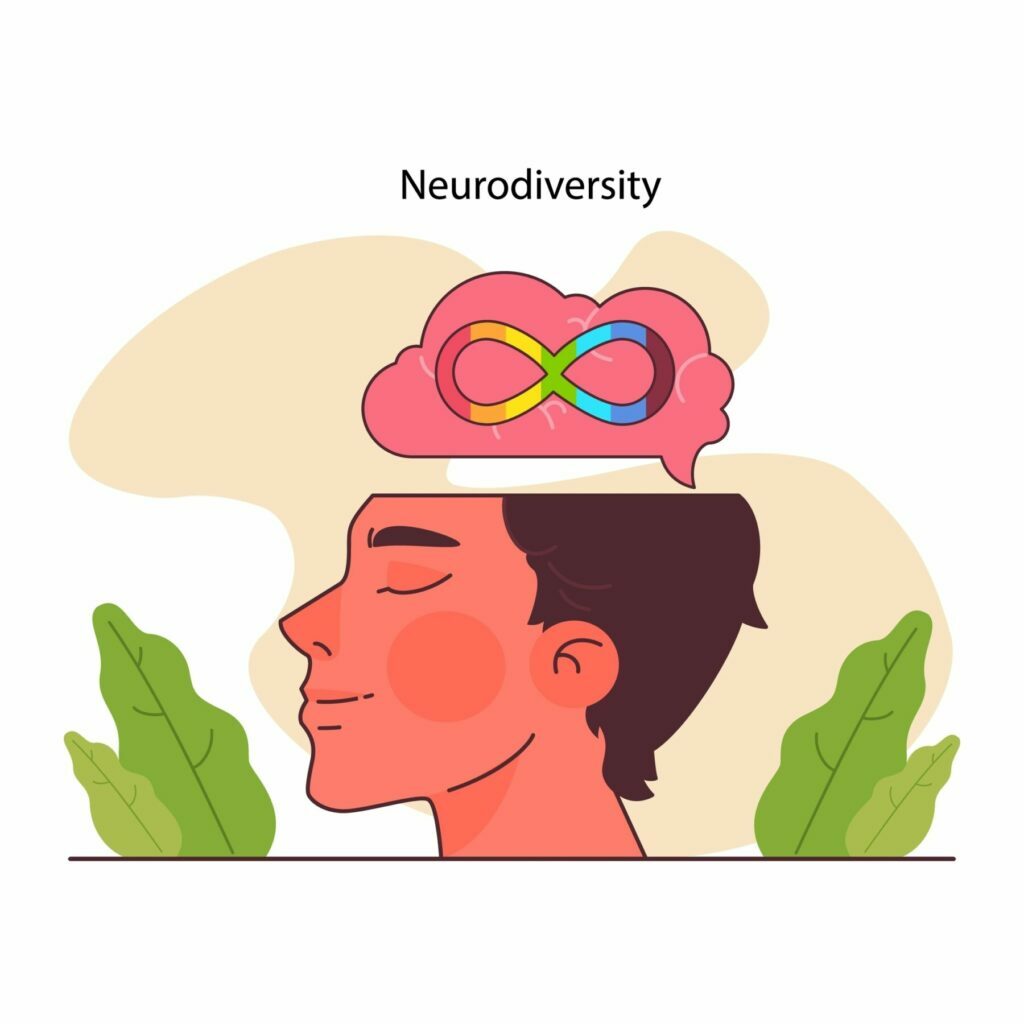Seasonal Affective Disorder: Strategies to Boost Mood During the Winter

It’s normal to have a bad day once and awhile, but if you’re feeling down a lot throughout the Chicago winter, you might be suffering from Seasonal Affective Disorder (SAD). SAD is a type of depression that affects individuals during specific times of the year, usually during the winter months. While it sounds as though it’s an empty wish for those Chicago summer days, SAD can cause significant disruptions in a person’s daily life – affecting their work, relationships, and overall well being. Seeking out a depression therapist can help!
You’re not alone. A prevalence study conducted by the National Institute of Mental Health found that approximately 10 million Americans suffer from SAD each year (2021). The study also found that the prevalence of SAD is increasing over time, particularly among younger adults. Changes in lifestyle and work patterns, as well as increased awareness of the disorder among mental health professionals and therapists are thought to explain the rise.
Seasonal Affective Disorder is Depression!
SAD is a subtype of major depressive disorder that is characterized by recurring episodes of depression during specific times of the year. The disorder is typically associated with the winter months, although some individuals may experience SAD during the summer months as well.
As a depression therapist will tell you, the exact causes of SAD are not fully understood, but research has linked the disorder to a biochemical imbalance in the brain, which is further exacerbated by shorter daylight hours and reduced sunlight exposure during the winter months (decreasing levels of serotonin and melatonin). During this period, individuals experience a shift in their circadian rhythm, or internal biological clock, which can throw off their usual schedule and further exacerbate symptoms.
Symptoms of SAD
The symptoms of SAD are similar to those of major depressive disorder and may include feelings of sadness, hopelessness, and anxiety, as well as fatigue, changes in appetite and weight, and difficulty concentrating or making decisions. Other symptoms may include a loss of interest in activities that were once enjoyable, irritability, and social withdrawal. Physical symptoms of SAD may include headaches, muscle aches, and digestive problems.
Strategies to Combat SAD (including a Depression Therapist):
There are several strategies that individuals with SAD can use to manage their symptoms and improve their overall wellbeing. If you’re experiencing low mood during the long, Chicago winter, try these
- Light therapy – Light therapy involves exposure to bright light for a specified period each day, usually in the morning. This exposure can help regulate circadian rhythms and increase serotonin levels, which can improve mood and reduce symptoms of SAD.
- Vitamin D supplements – Vitamin D is essential for healthy bone growth and immune function, and research suggests that it may also play a role in regulating mood. Individuals with SAD may benefit from taking vitamin D supplements during the winter months when exposure to sunlight is limited.
- Regular exercise – Exercise has been shown to be an effective way of managing depression and anxiety, and it may also be helpful for individuals with SAD. Exercise can increase serotonin and endorphin levels, which can improve mood and reduce symptoms of SAD.
- Mindfulness and meditation – Mindfulness and meditation techniques can help reduce stress and anxiety, which can exacerbate symptoms of SAD. These techniques can help individuals with SAD develop greater self-awareness and improve their ability to cope with negative emotions.
- Depression therapy – A depression therapist can help understand one’s experience, recognize ways that the person can intervene, enhance support, and develop coping strategies for managing their symptoms.
- Antidepressant medication – Antidepressant medication may help people with severe symptoms of SAD. These medications work by increasing the levels of neurotransmitters in the brain, which can improve mood and reduce symptoms of depression.
- Spending time outdoors – Spending time outdoors and getting exposure to sunlight can help regulate circadian rhythms and increase vitamin D levels, which can improve mood and reduce symptoms of SAD. Even on overcast or cold days, being outside and getting fresh air can be beneficial. So, find that coat and get outside.
- Make space for joy – Creating opportunities for joy and laughter can be incredibly effective in reducing stress levels. It might sound simple, but it’s essential to intentionally make space for these activities. You can try watching your favorite comedy film, going to a show at Second City, or browsing through funny YouTube videos. Alternatively, consider reaching out to someone in your life who has a knack for making you laugh. Prioritizing moments of connection and joy can have a profound impact on your overall mood.
- Maintaining a healthy lifestyle – A healthy lifestyle that includes a nutritious diet, adequate sleep, and stress management techniques can help people manage their symptoms of SAD. It is essential to maintain a consistent sleep schedule, as disruptions to sleep patterns can exacerbate symptoms of depression.
- Connect with others – Depression hates connection. Making intentional efforts to spend time with friends, co-workers, family members or even mere strangers can help.
If you are experiencing symptoms of SAD, you aren’t alone. A depression therapist can provide a diagnosis and develop a treatment plan tailored to your specific needs. With the right treatment and support, you can feel better! Contact us today!
This blog is made for informational and educational purposes only. It is not medical advice.
The information in this blog is not intended to (1) replace a one-on-one relationship with a qualified licensed health care provider, (2) create or establish a provider-patient relationship, or (3) create a duty for us to follow up with you.



